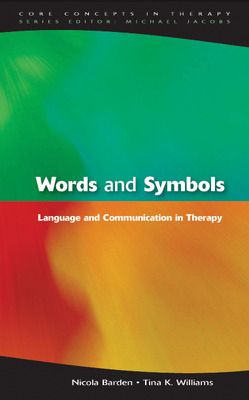Words and Symbols
1st Edition
0335229506
·
9780335229505
© 2006 | Published: December 16, 2006
What lies behind the language we use as counsellors and psychotherapists? How does language fit into a therapeutic context? Can we truly say what we mean, and hear what is said, in the consulting room?This book takes apart, lays out and repositions …
Read More
Request More Info
After you purchase your eBook, you will need to download VitalSource Bookshelf, a free app or desktop version here. Then login or create an account and enter the code from your order confirmation email to access your eBook.
- Access the eBook anytime, anywhere: online or offline
- Create notes, flashcards and make annotations while you study
- Full searchable content: quickly find the answers you are looking for
Prologue – or before the word
Learning language: Historical and contemporary perspectives
The words that make us: Influences on the development of therapeutic language
Language in therapy: Words and symbols across theoretical frameworks.
Communication without words: Another language?
Being with the other: Language and the therapeutic process
Agendered language: Does language have a gender – and an agenda – of its own?
Epilogue – or after the word
Learning language: Historical and contemporary perspectives
The words that make us: Influences on the development of therapeutic language
Language in therapy: Words and symbols across theoretical frameworks.
Communication without words: Another language?
Being with the other: Language and the therapeutic process
Agendered language: Does language have a gender – and an agenda – of its own?
Epilogue – or after the word
- What lies behind the language we use as counsellors and psychotherapists?
- How does language fit into a therapeutic context?
- Can we truly say what we mean, and hear what is said, in the consulting room?
The book addresses counsellors and psychotherapists from all major theoretical orientations, from psychodynamic therapies through to humanistic and existential approaches, maintaining an overview that is relevant to an integrative position.
Written for students of counselling and psychotherapy as well as practitioners who want to develop their skills and awareness, Words and Symbols engages the reader in understanding the essence of therapeutic communication.

